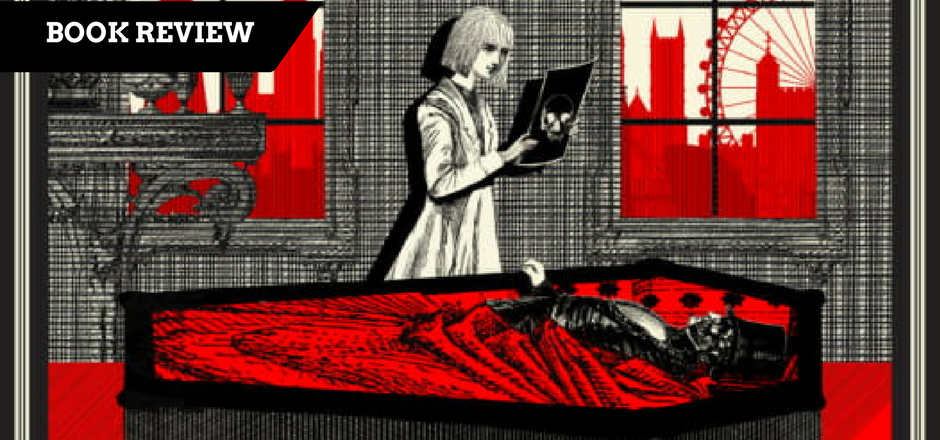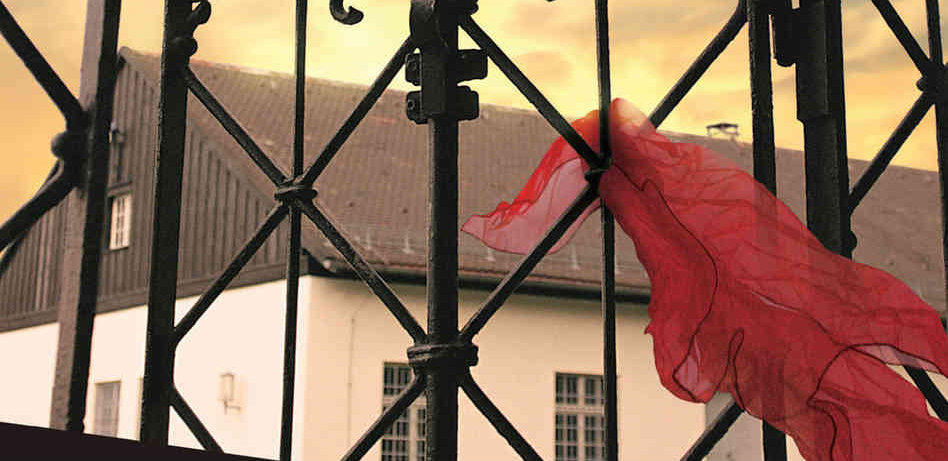It’s been a long time since I’ve finished a book. It’s been longer since I cracked open one that made me laugh on the first page. I didn’t know what to expect from Vivian Shaw’s Strange Practice, but the Edward Gorey-esque cover didn’t disappoint.
Dr. Greta Helsing carries on the family practice: physician to the otherworldly, the largely unknowable, and the occasionally grotesque. Greta’s talent meshes modern medical technology with ancient cures, allowing her to better care for her clientele of monsters, ghouls, and ghosts. When a routine house call turns out to be a possible link to the series of brutal murders that have overtaken London, well, Greta may have bitten off more than she can chew.
 Strange Practice is a weird and wonderful combination of supernatural elements mixed with mundane occasions. In the opening scene, Greta arrives at her friend Edmund Ruthven’s home, is told of her patient, and is made a fancy latte. If the name Ruthven sounds familiar, the character was taken from John Polidori’s The Vampyre, one of the first vampire fiction to be published. Historically, the character of Ruthven is said to be modeled off the infamous mad, bad, and dangerous to know Lord Byron. Considering The Vampyre was penned on the same fateful holiday that gave us Mary Shelley’s Frankenstein, I’m willing to believe our Byronic hero lives up to his namesake.
Strange Practice is a weird and wonderful combination of supernatural elements mixed with mundane occasions. In the opening scene, Greta arrives at her friend Edmund Ruthven’s home, is told of her patient, and is made a fancy latte. If the name Ruthven sounds familiar, the character was taken from John Polidori’s The Vampyre, one of the first vampire fiction to be published. Historically, the character of Ruthven is said to be modeled off the infamous mad, bad, and dangerous to know Lord Byron. Considering The Vampyre was penned on the same fateful holiday that gave us Mary Shelley’s Frankenstein, I’m willing to believe our Byronic hero lives up to his namesake.
What’s more, in Shaw’s world, those stories exist for the mortal consumer. Fact and fiction meet in this reality, which lends a bit of historical context and gives the narrative a basis for the sarcasm and humor that runs rampant throughout. The fact that Lord Ruthven practices latte art—and is good at it—is the highlight of my life.
Greta’s patient turns out to be Sir Francis Varney, more widely known as Varney the Vampyre. I’ve mentioned him before as one of the most well-known figures of the penny dreadful era, a melancholic, self-depricating vampyre (yes, with a y) who hates himself beyond reason. Poor thing’s been attacked by a group of monks wielding garlic and poisoned cross-shaped blades, and it’s bad business all around. Varney’s attack resembles the series of murders (ten deaths, so far) that have plagued London for weeks. Each victim was found in roughly the same state, and with a rosary stuffed into their mouths.
When Greta herself gets caught in the mad monk’s crosshairs, she determines to serve her community and put an end the terror. She’s joined by August Cranswell, human and museum curator, and her oldest friend, Fastitocalon, who is more demon and less grey-complexioned, middle-aged accountant than he appears.
This ragtag collection of persons turns out to be just what Greta needs when they realize their murder (or murders) may actually be a supernatural entity itself, claiming, of all things, to be The Voice of God.
I did find the narrative a bit slow in parts, but overall, I adored this book. The humor, sarcasm, and snark are right up my alley and it’s refreshing to see faces from my gothic literature past breathing new life in modern stories. I might be just a little jealous I didn’t write this book. It’s a perfect read for any season, funny, charming, and with a nice little crime thriller wrapped up in lovely world building. I’m very much looking forward to the next book, Bad Company.
If you enjoy humorous reads with a smattering of classic literature, I cannot recommend Strange Practice highly enough. It fits right with the likes of Gail Carriger’s Parasol Protectorate series, and the modern setting is perfect for those of you who prefer a more contemporary read.
This review contains affiliate links. While Girls in Capes does make revenue from purchases made at affiliate links, reviews are not paid, and all reviews contain the staff writers’ honest opinions of the work.






